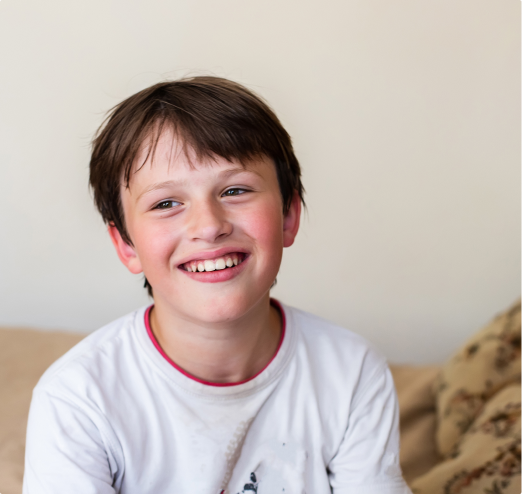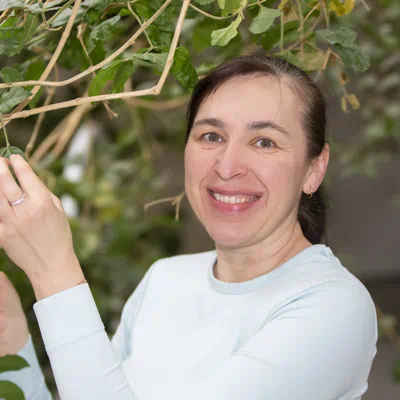







I'm Heather, and I support families and kids with Autism Spectrum Disorder through specialized speech therapy.
Here, we embrace the unique strengths and challenges each person brings, focusing on what makes them wonderfully different. My approach is rooted in respect, empathy, and neurodiversity-affirming practices.

Get in touch with me!


Autism Spectrum Disorder (ASD) is a neurological and developmental condition characterized by a diverse range of experiences and expressions.
It impacts communication, behavior, and social interaction in ways that differ significantly from typical childhood development.
At its core, ASD is defined by its spectrum nature – no two individuals experience it in the same way.
Our understanding of ASD is rooted in the concept of neurodiversity, which recognizes and values these neurological differences as a natural and important variation in the human experience.
We see ASD not as a disorder to be cured, but as a unique set of characteristics to be understood and supported. This perspective shapes our approach, where we focus on identifying and nurturing individual strengths, while also addressing the challenges faced by those on the autism spectrum.









This approach aims to respect and honor all forms of communication (verbal, non verbal/gestures, sign language, facial expressions, pictures, AAC device, etc) and carefully hone in on what the child's preferred communication style is. This will enhance their ability to express themselves and interact effectively with others.

The goal is to let the child lead me to what they feel passionate about, what feels important to THEM. There, I can incorporate my therapeutic techniques to build a bridge of bonding between myself and my client. Greater bonding bodes for greater success.

This method aims to reduce sensory overwhelm or under-stimulation, thereby helping the individual to focus better on their communication goals, engage more effectively in learning, and regulate their emotions more efficiently.
My therapy plans are uniquely tailored to each child. Not only to address challenges, but to nurture and develop their inherent abilities

My comprehensive assessment process evaluates areas for growth and each child’s strengths, setting the foundation for personalized care



"Heather was our sons first SLP. It was our first experience with virtual speech therapy. Heather was very flexible and open to creative ideas that worked for our son in a virtual setting. She did a great job engaging us in the process and coaching us so we could support him between sessions. Our son enjoyed his virtual learning experience and made great progress.”
I'm committed to lifelong learning. Aside from the continuing education that is required to maintain my credentials through the American Speech & Language Association, I also participate in professional networks, and stay updated through academic journals and conferences. This education ensures my therapy approaches remain current and effective, integrating the latest research and best practices.
Absolutely. While the primary focus is on communication, speech therapy naturally extends to social skills. We work on understanding social cues, turn-taking, and appropriate responses in social situations. These skills are vital for building relationships and interacting effectively in various settings.
Siblings can be wonderful allies in therapy. They can engage in recommended activities at home, serve as role models for communication, and participate in joint therapy sessions when appropriate. I encourage inclusive activities that foster a supportive environment and help siblings understand and empathize with each other.
Progress is measured through a combination of standardized assessments, observational evaluations, and regular check-ins with both the child and their family. Goals are set collaboratively and reviewed regularly to ensure they remain relevant and achievable. I also use specific tools designed for tracking speech and language development in children with ASD.
It begins with a thorough assessment to understand their individual strengths and challenges. From there, I develop a personalized therapy plan that evolves over time. Regular evaluations ensure that we are always working in the most effective way to support their communication growth.
Teletherapy allows children to receive therapy in the comfort and security of their home, which can be particularly beneficial for those with ASD. Teletherapy also offers flexibility in scheduling and can be just as effective as in-person sessions, making it a great option for many families
.png)